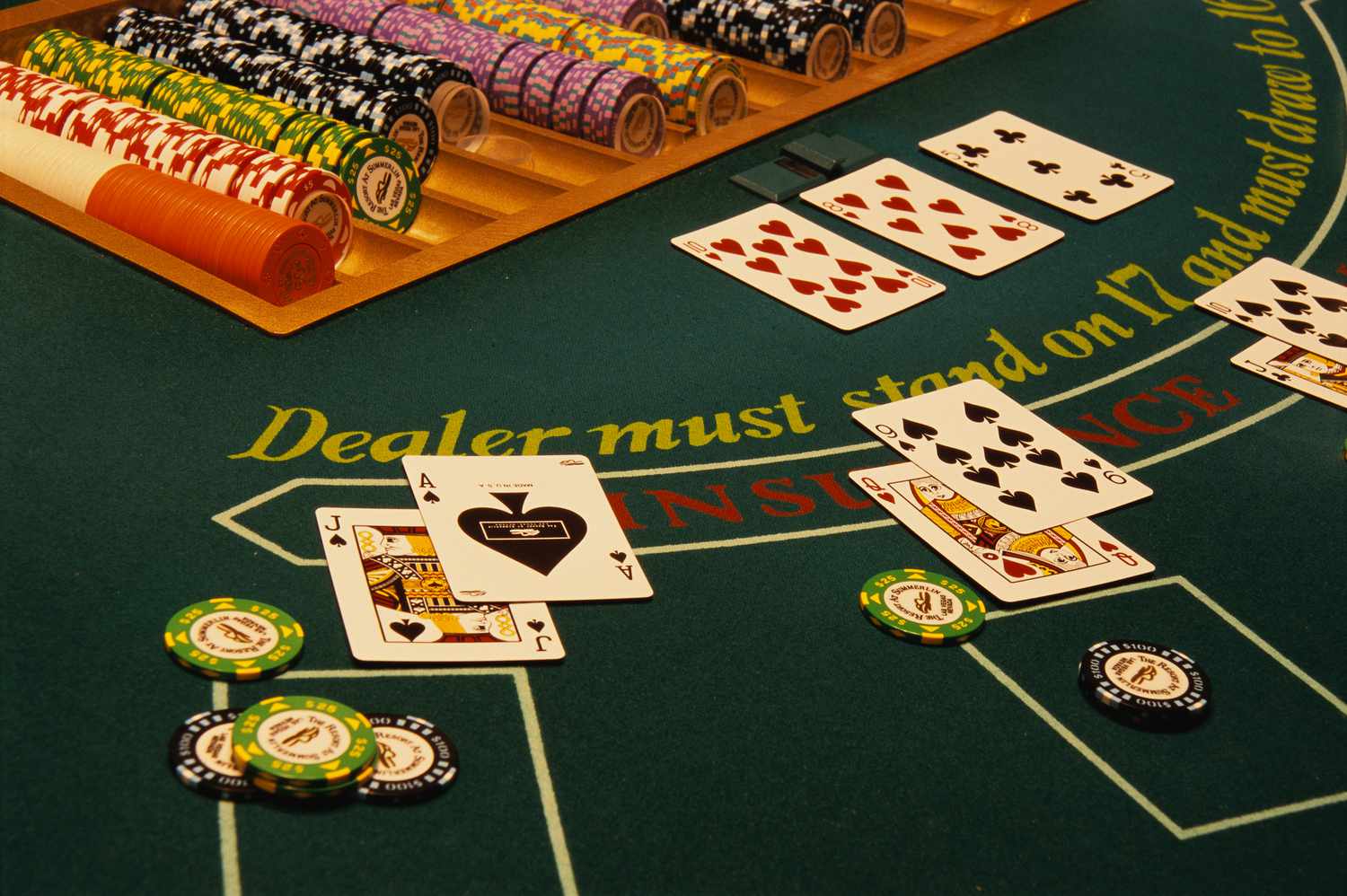The basic strategy is based on a player's point total and the dealer's visible card. Players can sometimes improve on this decision by considering the composition of their hand, not just the point total. For example, players should ordinarily stand when holding 12 against a dealer 4. But in a single deck game, players should hit if their 12 consists of a 10 and a 2. The presence of a 10 in the player's hand has two consequences:[17]


It makes the player's 12 a worse hand to stand on (since the only way to avoid losing is for the dealer to go bust, which is less likely if there are fewer 10s left in the shoe).
It makes hitting safer, since the only way of going bust is to draw a 10, and this is less likely with a 10 already in the hand.
Even when basic and composition-dependent strategies lead to different actions, the difference in expected reward is small, and it becomes smaller with more decks. Using a composition-dependent strategy rather than a basic strategy in a single-deck game reduces the house edge by 4 in 10,000, which falls to 3 in 100,000 for a six-deck game.[